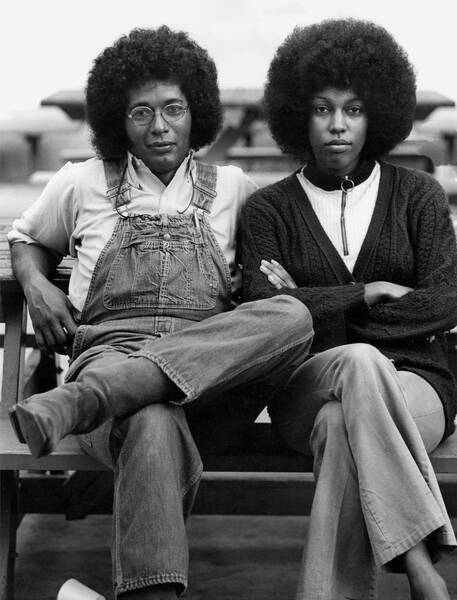
feature / exhibitions / alumni / diversity / fall-2020
October 29, 2020
Writer: Mike Winder
Measuring Representation: Both celebration and critique, 90/300 spotlights ArtCenter's Black alumni
Since its inception in 1930, ArtCenter has helped shape the careers of no more than 300 alumni of African descent.
“I saw this number, and at first I didn’t know what it was,” says recent alumnus Cero Smith (MFA 19) in Impact 300, an 11-minute film produced by Elizabeth Gray Bayne (MFA 11 Broadcast Cinema). The film consists of candid answers by 25 Black alumni to questions about art, race and their experience at the College. “It was shocking,” Smith says.
The documentary screened as part of 90/300: A Measure of Representation, In Celebration of Cultural Influence, a series of exhibitions and programs organized by the Center for Diversity, Equity and Inclusion (DEI) at ArtCenter DTLA in February and March—before the COVID-19 pandemic laid bare a slew of societal inequities, and the killing of George Floyd sparked a racial reckoning.
90/300 both celebrated the achievements of the College’s Black alumni and served as a critique of ArtCenter’s having advanced so few Black artists and designers in its 90-year history.

In addition to Impact 300, 90/300 included: Trailblazer, a retrospective of pioneering photographer and alumna Barbara DuMetz; Minority Report, a group exhibition of alumni work curated by artist Devin Troy Strother (BFA 09 Illustration), featuring work by Strother, Edgar Arceneaux (BFA Fine Art 96), Edward Cushenberry (BFA 12 Photography), Ranee Henderson (BFA 15 Illustration), Joshua Holzmann (BFA 06 Fine Art), Vincent Johnson (MFA 97 Art), Jamonn Roberts (BFA 10 Fine Art) and Dana Walker-Juick (BFA 95 Photography).
Also featured in the exhibition were new portraits of Black alumni by Everard Williams (BFA 89 Photography); a visual identity created by Tyrone Drake (BFA 96 Graphic Design); an installation by Roosevelt Brown (BS 95 Product Design); and artwork and quotes from more than 30 Black alumni. Working creatively behind the scenes to make the exhibition happen were alumnus and DEI Creative Operations Manager Steven Butler (BFA Film 13), as well as his DEI colleagues Liz Lanphear, director of diversity engagement and inclusion, and Myra Whittington, the department's coordinator.
In a story for the Los Angeles Times, arts reporter Makeda Easter interviewed Strother, writing that he “recounted experiences he had as a student at ArtCenter—of not having a Black instructor, not learning to paint figures with darker skin tones—that made him feel othered.” Easter quoted the alumnus as saying that curating the exhibition was a way for him to show that “[you] can be young and Black and actually have a working career within the art world, and still be critical of the way institutions work.”
According to Vice President and Chief Diversity Officer Aaron Bruce, helping raise awareness among Black youth of the possibilities of careers in art and design was one of the expressed purposes of 90/300.
“We are digitizing the exhibition, the voices and the narratives of those individuals to create a learning tool that can be shared with high schools around the country,” said Bruce in an ArtCenter community update, outlining ways in which the College planned to address systemic racism, adding that the Booker T. Washington School of Creative Arts in Dallas, Texas, would be the first to receive the tools. “[We’re doing this] so that young children who need role models that reflect their identity will be able to easily find them.”












